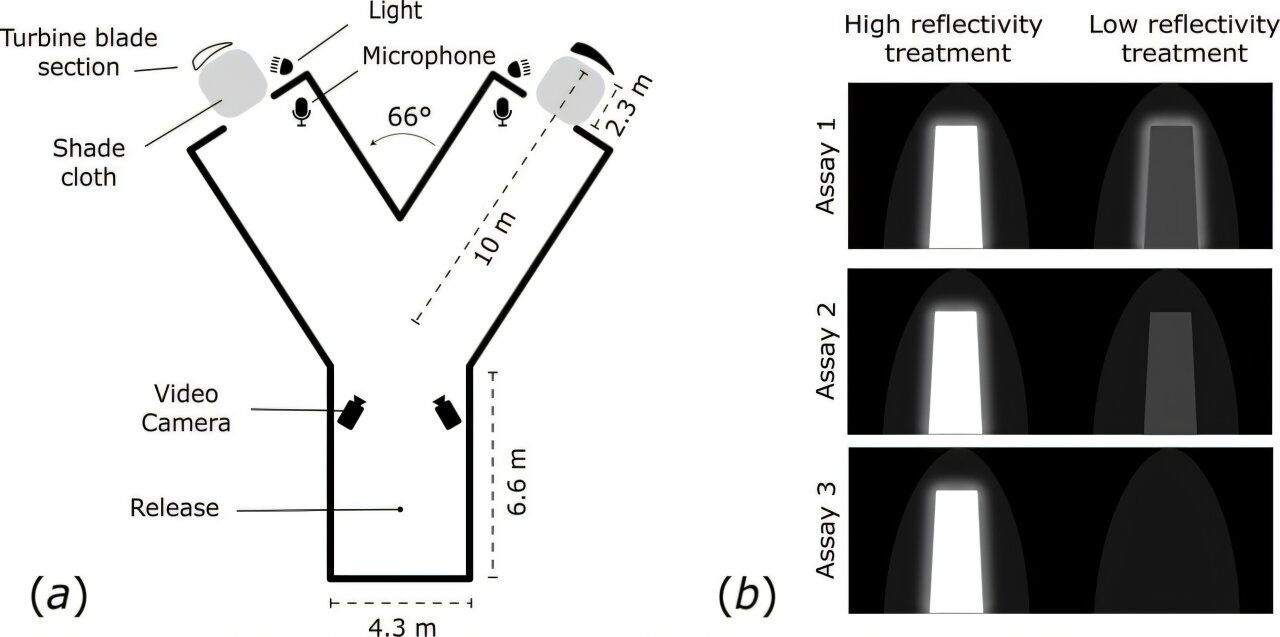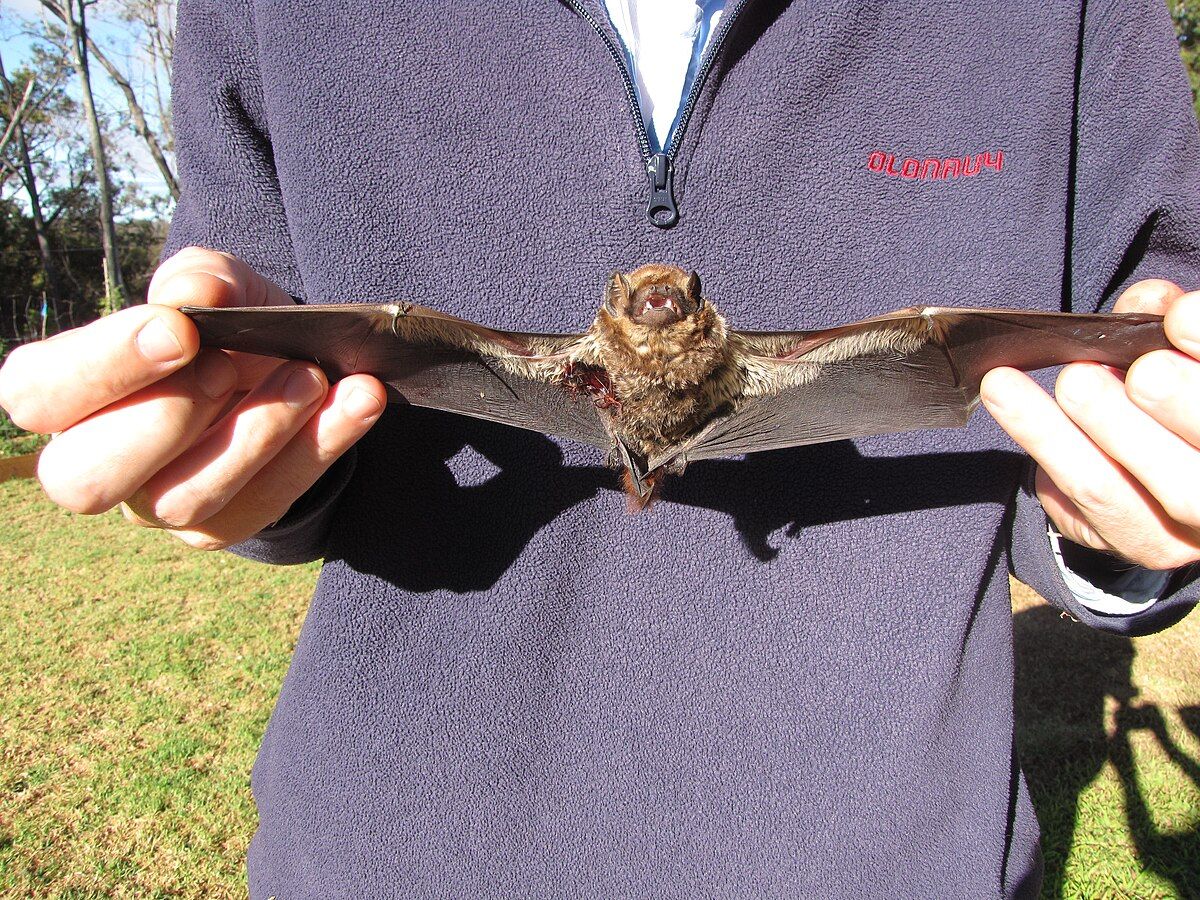🦇 Why are bats mysteriously dying on wind turbines?
Follow us on Google News (click on ☆)
To explore this hypothesis, a team of researchers designed an ingenious experiment. They used a Y-shaped maze, measuring 7.7 feet (2.35 meters) high, in which bats had to choose between two exits. On one side, a white wind turbine blade reflecting artificial light mimicking the moon, and on the other, a less reflective black blade or an unobstructed exit. The goal was to simulate the twilight conditions where collisions are frequent.
The results are striking: bats headed toward the white blade twice as often as the black one. When the alternative was an unobstructed exit, nearly three-quarters of hoary bats and almost all silver-haired bats preferred the illuminated blade. This suggests that light reflection acts as a visual lure, disrupting their natural navigation system.
Bats use the open sky to orient themselves, and the reflective surfaces of wind turbines could mimic an escape route. Kristin Jonasson, a physiological ecologist, explains that this tricks their perception, leading them to fly straight into danger. This study, although preliminary, opens perspectives for designing less attractive turbines, perhaps by modifying their color or texture.
However, there are limitations: the experiment involved only two species and took place in a laboratory, far from the real conditions of wind farms. Other factors, such as turbulence or noise, could also play a role.

Y-shaped experimental apparatus used to test the orientation preferences of bats when faced with wind turbine surfaces of different reflectances.
Credit: Biology Letters
This research, published in Biology Letters, highlights a little-known sensory pollutant: reflected light. It calls for further studies to validate these observations in the field and develop practical solutions, such as less reflective blades or deterrent systems, to reduce the deadly impact on bat populations.
